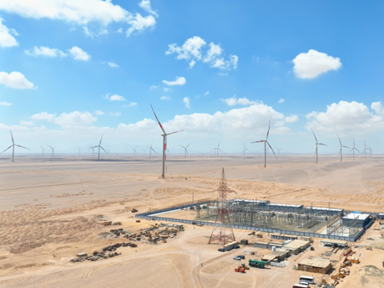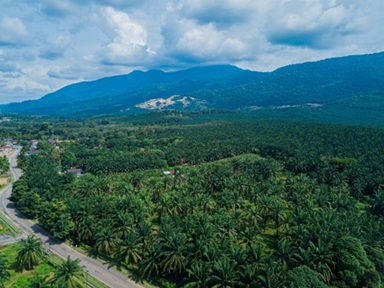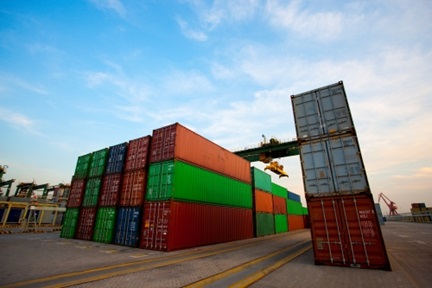Drought poses acute threat to agriculture in the Greater Horn of Africa
The conditions present a potential business opportunity for Asian firms

The Food and Agriculture Organization (FAO) has warned that an ongoing drought in the Horn of Africa poses an acute threat to animal and plant agriculture. However, the UN agency says there is a small window of action to avert a catastrophe. The north-east African region which includes Somalia, Djibouti, Eritrea, and parts of Ethiopia already faces acute socio-economic, political and security challenges. Drought is not uncommon in these parts, but it has been occurring with more frequency and severity in recent years. Scientists blame this on climate change.
According to the FAO, the region has experienced three consecutive “failed” rainy seasons, all of which have severely impaired agricultural output. The FAO estimates that crop production in southern Somalia in late 2021 was 58% lower than the long-term average, and 70% below the long-term average in south-eastern Kenya. More than 1.4m heads of livestock died across Kenya in the second half of 2021 due to drought conditions. Of concern is the rapid depletion of water sources, especially in Kenya’s northern and central counties. Over-use by farmers, pastoralists and nomadic groups has left dozens of natural springs dry.
Fearing a more disastrous turn of events, the FAO has called for US$130m in funding by the end of the upcoming rainy period in June to procure livestock feed and drought resistant seeds for farmers across the region. In his recent three-day trip to the United Arab Emirates, Kenyan President Uhuru Kenyatta made a case for more private investments in his country’s booming horticultural sector. Kenya, Ethiopia, and Uganda are major exporters of horticulture and animal products, many of which are key inputs to processed goods. Severe and sustained drought could shrink the output of commodities like tea, coffee, flowers, fruit and nuts, and oils leading to higher prices for consumers around the world, including in Asia.
That said, as with most crises, there is an embedded opportunity, including for Asian stakeholders. Like the Horn of Africa, large parts of Asia too are prone to drought. Such conditions, according to scientists, could be more common in Asia as seasonal rain patterns are disrupted by climate change-related factors. Given their common plight, there is a prospect for knowledge exchange between African and Asian agricultural interests. Widening food shortages also constitute an opportunity for Singapore-based commodity traders.
There could also be opportunities for investments in the agri-tech sector. Farmers in China, India and Taiwan are considerably more advanced in the use of new climate resilient seed and farming technology. Traditional farmers and start-ups have successfully applied new technologies and processes across the agriculture value chain. Lack of resources, persistence of draught, and a wider technological gap present an opportunity for Asian agribusiness firms to export their expertise to Africa. They can also partner with local firms engaged in similar activities. The food crisis looming over the horn of Africa presents Asian investors an early entry advantage.
References
Drought crisis puts Horn of Africa on the brink of catastrophe, 15 February 2022
Uhuru on three-day working visit to UAE, 14 February 2022
FAO appeals for US $130M for drought-hit East Africa, 12 February 2022
Kenya’s worst drought in decades creates humanitarian crisis, 14 January 2022
What causes drought cycles in Africa, 03 September 2021
On the occurrence of the worst drought in South Asia in the observed and future climate, 11 February 2021








